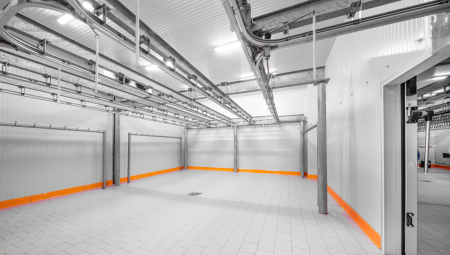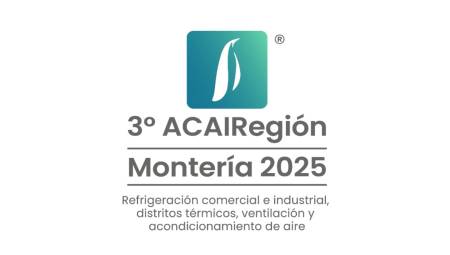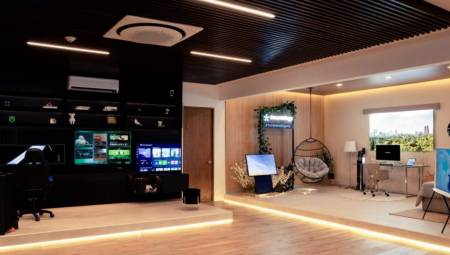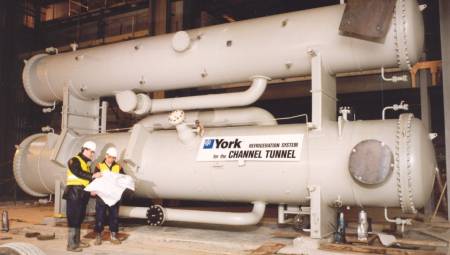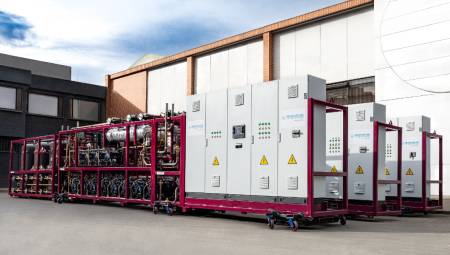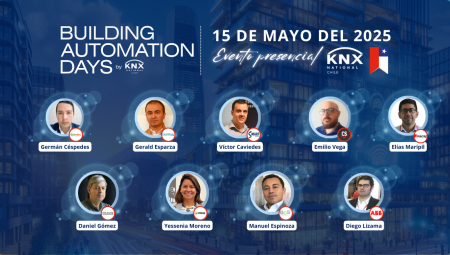 Save costs, achieve better performance, maintain efficient operability, among other important aspects for a building. Energy audits contribute to this.
Save costs, achieve better performance, maintain efficient operability, among other important aspects for a building. Energy audits contribute to this.
by Jim Newman*
Energy audits are one of the best ways to uncover opportunities to save money on an existing building. A commercial or industrial energy audit, also called an energy analysis, identifies how much energy a building uses, how efficiently it uses that energy, and where changes and improvements can be made that favorably impact both occupant comfort and financial results.
As a certified energy manager (CEM) and building energy assessment professional (BEAP), I have personally performed ASHRAE level 1 and 2 energy audits on dozens of buildings with areas from 2,300 square meters to more than 74,000. We often discover tens of thousands of dollars in potential savings just during the preliminary energy assessment, a mandatory surface tour that takes place before the formal analysis. During more detailed analyses, we have conducted ASHRAE Level 2 audits with overhauls and verification processes of existing building energy systems, which have yielded hundreds of thousands of dollars in savings over a period of 4 to 10 years.
In an informal survey, devoid of any scientific pretense, I have concluded that there are three reasons that hold property owners back from conducting an energy audit: the cost of the audit, the cost of solving the problems discovered in the audit, and the fear.
1. Cost of the audit
You need to know the numbers, all of them. The first step is to make a proper energy assessment of a commercial, institutional or industrial building, whether it is a school, a hospital, a shopping center or a manufacturing plant. The actual cost of the audit increases based on its completeness and complexity, but with such cost also increases the potential for return on investment, as mentioned above.
A qualified team of professionals with a vast experience in the construction industry, especially in CVAC and lighting systems, and with extensive knowledge of current standards and best practices, will carry out the most exhaustive energy analysis, based on ASHRAE standards.
Such analysis should cover at least the following areas:
ASHRAE Level 1 Energy Analysis
• Review of a minimum of 36 months of utility bills with a thorough examination of bills during peak usage periods (usually mid-summer and/or mid-winter)
• Physical inspection of the building, including lighting, CVAC and service water systems
• Conversations with facility personnel and construction engineers
ASHRAE Level 2 Energy Analysis (everything covered in Level 1 plus the following aspects)
• Thermal imaging
• Data logging
• Blower door tightness tests, if feasible
• Random thermostat controls with manual digital thermometer
The cost of a Level 2 ASHRAE energy analysis depends on the size and complexity of the building. For example, if it is a hospital, a shopping mall, large residences, a commercial office building, a large laboratory or an industrial plant, the analysis would cost much more than a conventional three-story commercial office building with some rooftop units or a single premises, like a shop or restaurant.
2. What it costs to solve the problems discovered
Implementing the recommended improvements costs money. A serious and professional audit will allow you to know what the expected return of each improvement is. A level 2 or level 3 analysis will yield qualified estimates, while a level 3 analysis may even include actual quotes from the service.
Your energy analyst can discover several low-cost, no-cost options with a short-term return on investment. By implementing these options, you will begin to see the savings immediately, while taking the time to plan the recommended larger investments. For maximum return on investment consider covering low-cost arrangements with higher-cost ones.
Many states in the U.S. offer funding through the PACE (Clean Energy Property Tax) program. The PACE program allows commercial, industrial, multifamily, and nonprofit property owners to fund energy efficiency and renewable energy projects with little or no impact on financial results. These funds even cover the cost of the energy analysis, so it's worth seeing if you qualify for this program before you start the energy audit process.
Additionally, many utilities offer free energy audits if the homeowner agrees to spend a minimum amount to implement some of the energy conservation measures suggested by the analyst. We have observed that most homeowners, once they know the return on investment, are willing to spend much more than the minimum amount.
At the same time, think about the costs of NOT implementing recommendations. In short, such costs are most likely to include:
- Sustained increase in energy costs
- Higher maintenance costs
- Other economic impacts
Many states and municipalities currently require buildings to publish the score they scored on the Energy Use Index (SUI). Buildings with a very low SUI will be less desirable for prospective tenants or buyers. Buildings that adopt sustainable practices have been shown to perform better on many factors.
3. Fear
If you've never done a thorough analysis of your building's energy, you might find the idea daunting. You may be wondering "What will they find?" "Will they be critical to our operations and/or maintenance practices?" or "How will I find time for this? My staff is already overworked! "
Don't worry, the analysis team is not there to stalk you. You should work collaboratively with the owner to make your building as energy efficient as possible and in the most economical way.
We often find that once we have completed the assessment and reviewed the results, most building owners and managers realize that they have been missing out on savings and wonder, "Why do we wait so long?"
If you've ever wondered if it would be worth doing an energy audit of your office building, industrial park, school or hospital, the answer is a resounding "YES". That, of course, whether you want your building to be a healthy place to work or a profitable business investment, it will run efficiently for many years.
* Jim Newman (Jim Newman, CEM, LEED AP BD+C, ASHRAE BEAP & OPMP, FESD) is the owner of Newman Consulting Group. They can write to the email [email protected].




